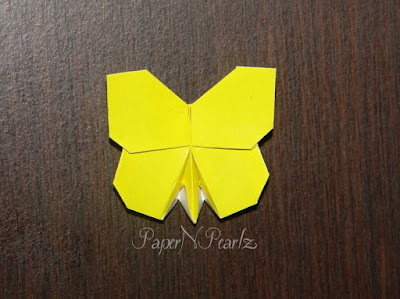The Snow-capped Sonobe is another variation on the Sonobe created by Mitsunobu Sonobe. This variation is created by Meenakshi Mukerji and is from her book 'Marvelous Origami'.
Two-sided paper, coloured on one side works best for this model, though that is not what I have used!
Model Details:
Model: Snow-capped Sonobe
Creator: Meenakshi Mukerji
Book: Marvelous Origami
Author: Meenakshi Mukerji
Difficulty Level: High Intermediate
Paper Ratio: Square
Paper Size: 3 inch squares
Modules: 12





























































